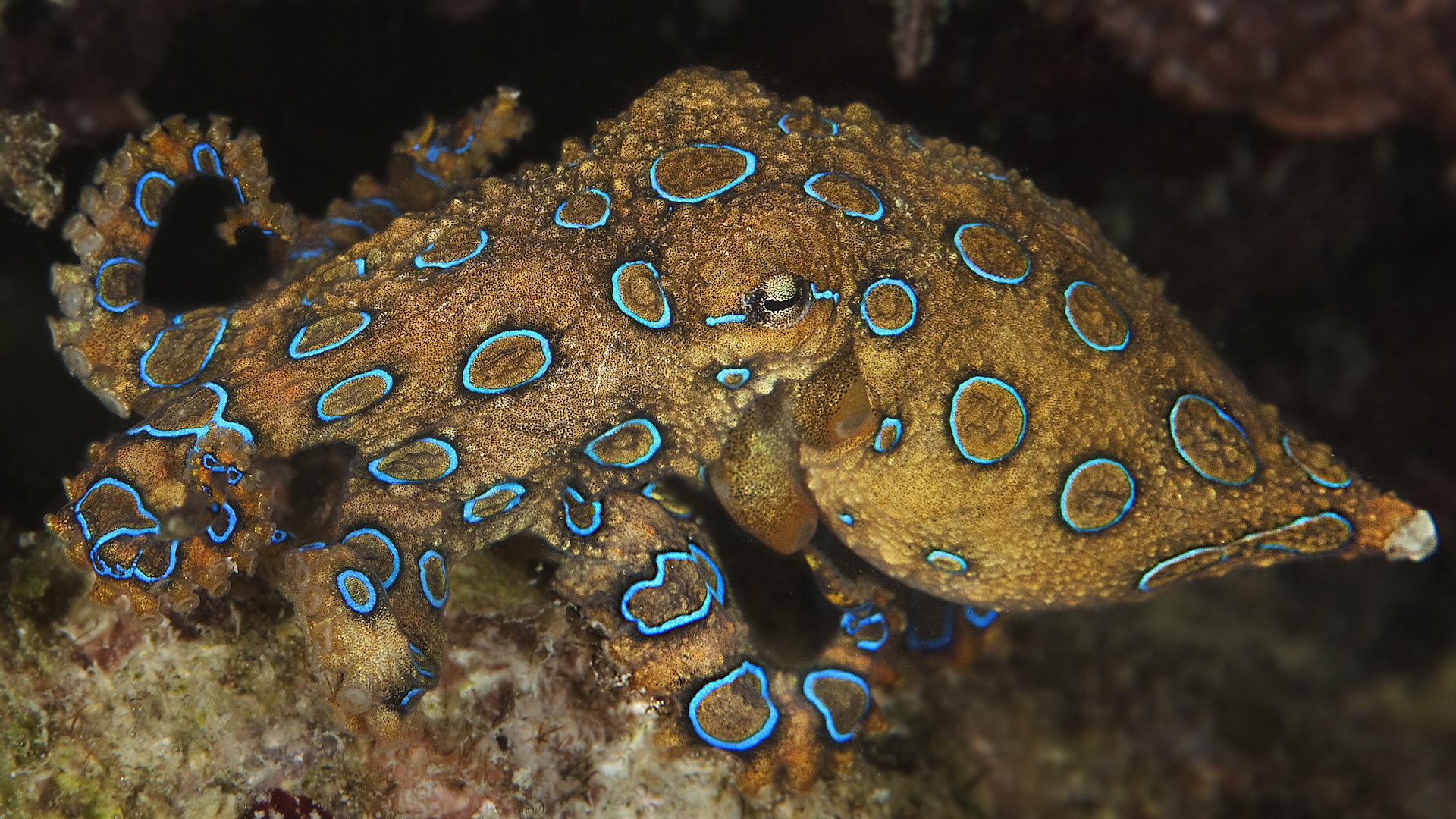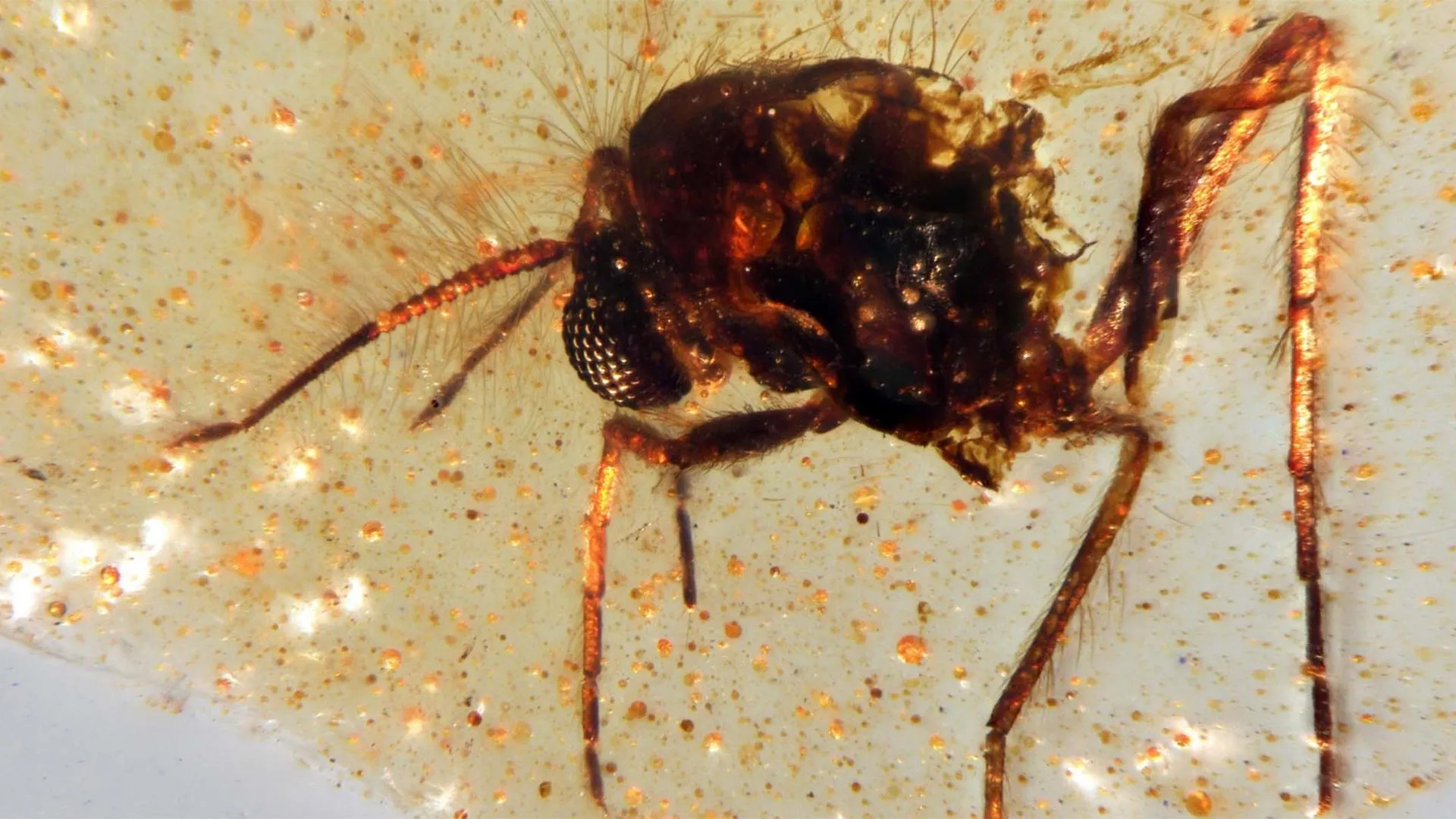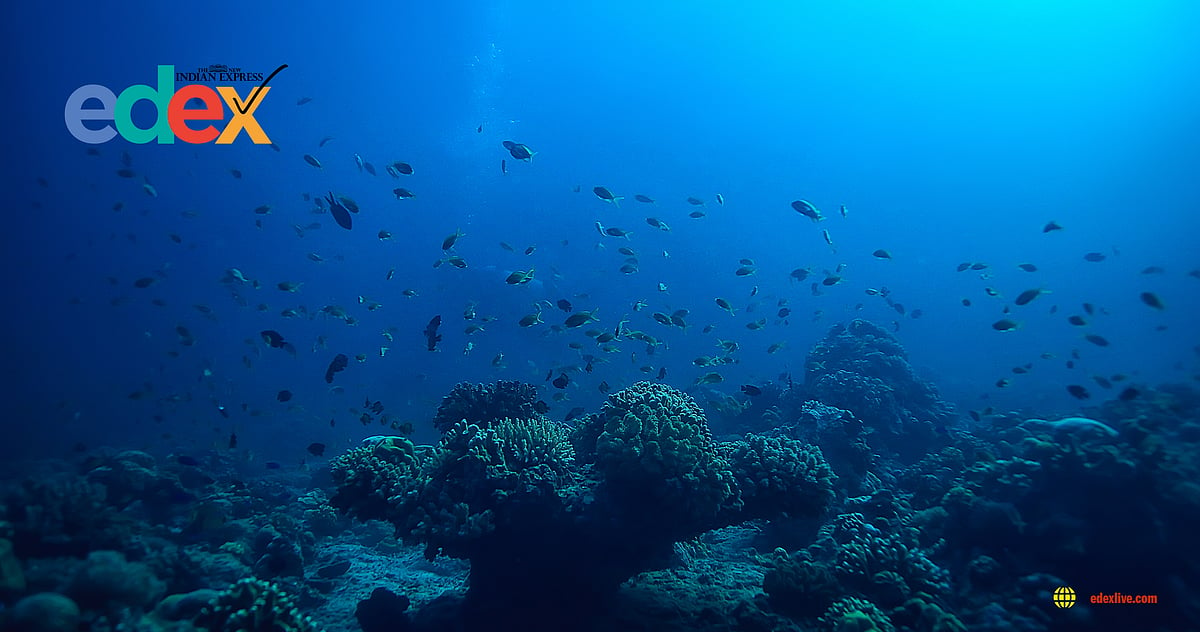The Blue-Ringed Octopus: Nature's Beautiful Yet Deadly Masterpiece

Octopuses have long been recognized for their remarkable intelligence and ability to blend into their surroundings, showcasing a unique talent for camouflage. However, some species carry a more sinister reputation for their lethal capabilities. Among these, the blue-ringed octopus, belonging to the genus Hapalochlaena, stands out as one of the most dangerous creatures in the ocean.
What makes the blue-ringed octopus particularly deadly is its possession of tetrodotoxin (TTX), a potent neurotoxin that can paralyze a variety of living organisms, including humans. This toxin is infamously associated with fugu, a delicacy made from pufferfish, which can be fatal if the fish is not prepared correctly. Remarkably, tetrodotoxin is estimated to be 1,200 times more toxic to humans than cyanide, and there is currently no known antidote for its effects.
All four species of the blue-ringed octopus—namely, the greater blue-ringed octopus (H. lunulata), the southern or lesser blue-ringed octopus (H. maculosa), the blue-lined octopus (H. fasciata), and the common blue-ringed octopus (H. nierstraszi)—are equipped with this lethal toxin, making them the four most venomous octopus species known to science. The vivid, iridescent blue rings that adorn these cephalopods are stunning, but they serve as a warning signal to potential predators about the dangers these creatures pose.
According to Michael Vecchione, an adjunct zoologist at the Smithsonian Museum of Natural History, all octopuses possess venom, but the blue-ringed octopus is particularly notable for its high toxicity. This potent venom serves a dual purpose: it acts as a defense mechanism against predators in the shallow waters where these octopuses reside and aids in capturing prey. Blue-ringed octopuses are typically found in coral reefs and on rocky sea floors across the Pacific and Indian Oceans, usually at depths ranging from 66 to 164 feet (20 to 50 meters). They are relatively small, measuring between 5 and 9 inches (12 to 22 centimeters) long, including their arms.
Bret Grasse, the manager of cephalopod operations at the University of Chicago Marine Biological Laboratory, notes that the blue-ringed octopus’s impressive defensive abilities make sense for such a small creature. The venom consists of a complex mixture of compounds, including histamine, acetylcholine, and dopamine, but the primary component is tetrodotoxin. This neurotoxin inhibits nerve function by blocking sodium channels, which are critical for communication between nerve cells and muscles. By halting these signals, tetrodotoxin can stop respiratory muscles from functioning and even cause cardiac arrest.
The blue-ringed octopus employs its venom in various situations, including both offense and defense. The octopus can deliver its venom through bites, and while researchers have identified the toxin throughout its body, the highest concentration is found in its posterior salivary gland. Additionally, blue-ringed octopuses can release venom into the surrounding water; creatures that breathe in this toxic water can experience slowed motor activity and paralysis.
Interestingly, the venom also plays a role in mating behaviors. Female blue-ringed octopuses are significantly larger than their male counterparts—sometimes weighing three to five times more—posing a threat to males during mating. To counteract this risk, males have developed a strategy of temporarily paralyzing larger females with their venom while transferring a sperm packet. Female blue-ringed octopuses even apply this toxin to their eggs, creating a protective layer that deters potential predators.
Human encounters with blue-ringed octopuses are rare, but there have been reported cases of bites resulting in severe consequences. According to the Australian Institute of Marine Science, at least three fatalities have been linked to blue-ringed octopus bites—two in Australia and one in Singapore. The effects of the toxin can vary widely, with some individuals experiencing agonizing symptoms within as little as 20 minutes, while others may take up to 24 hours to show signs of distress. Despite the potential for fatality, there have been instances where individuals survive the encounter.
One notable case occurred in 2006 when a four-year-old boy in Australia was bitten by a blue-ringed octopus. Within ten minutes, he experienced vomiting, blurry vision, and an inability to stand. He was rushed to the emergency department, where he required a ventilator for 17 hours to assist with breathing. Fortunately, after 28 hours, he was discharged without any lasting complications. Experts like Grasse emphasize the importance of seeking medical assistance promptly in the event of a bite and underscore that the use of a ventilator can significantly improve outcomes.
In conclusion, the blue-ringed octopus exemplifies the dual nature of beauty and danger found in the natural world. With their stunning coloration and impressive biological adaptations, these small but formidable creatures demonstrate an incredible capacity for survival. Their potent venom not only serves as a means of defense and predation but also plays a fascinating role in their mating strategies. Indeed, the blue-ringed octopus is a remarkable and complex organism that continues to intrigue scientists and marine enthusiasts alike.
























